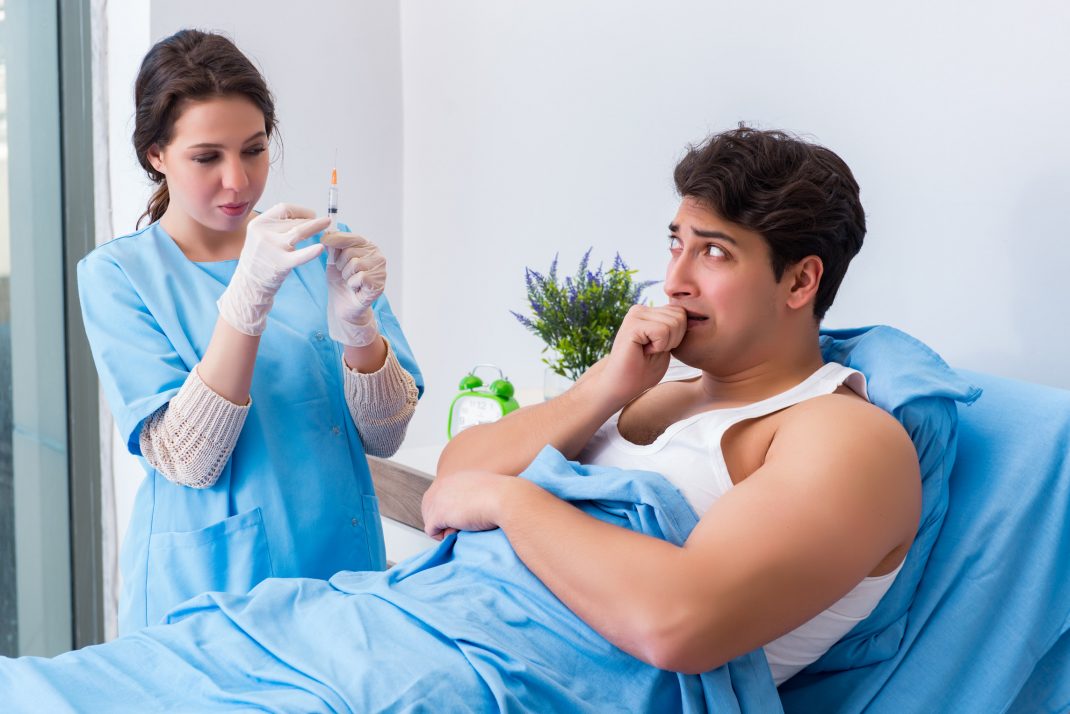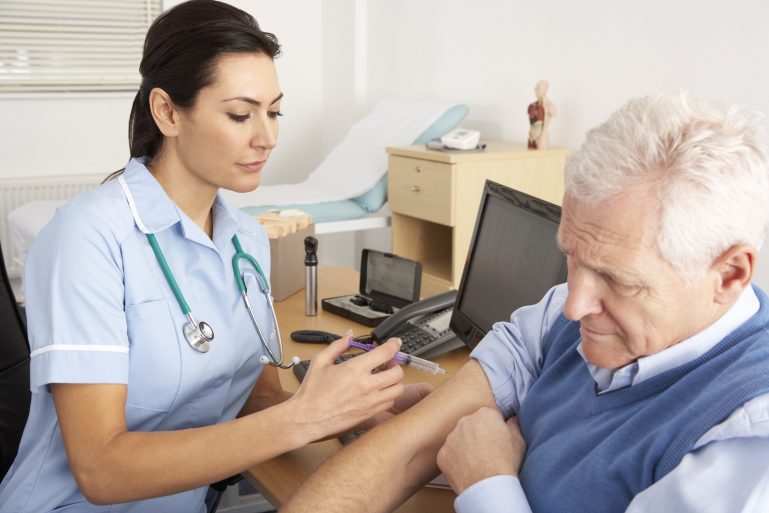I recently discovered some disturbing information while doing research on intramuscular injections. According to research, 1 in 2 intramuscular injections are unsuccessful.
I learnt this shocking statistic recently while going through some research on intramuscular injections.
According to a 2018 study published in July, entitled “A narrative review of the success of intramuscular gluteal injections”, the success rates of intramuscular injections vary between 32 and 52%.
That’s less than one in two!
This is pretty disturbing, considering that these injections are being performed by medical professionals.
Let’s take a quick look at an overview of the main findings.
There are 12 billion injections given worldwide every year. For many injections, the intramuscular route is favoured over the subcutaneous route due to the increased vascularity of muscle tissue and the corresponding increase in the bio-availability of drugs when administered intramuscularly.
This paper is a review of the variables that affect the success of intramuscular injections and the implications that these success rates have in psychiatry and general medicine.
Studies have shown that the success rates of intended intramuscular injections vary between 32 and 52%, with the rest potentially resulting in inadvertent subcutaneous drug deposition.
These rates are found to be even lower for certain at-risk populations, such as obese patients and those on antipsychotic medications. The variables associated with an increased risk of injection failure include female sex, obesity, site of injection, and subcutaneous fat depth.
New guidelines and methods are needed in order to address this challenge and ensure that patients receive optimum care.
Impact Of This Study
As you read, there are a number of factors that impact whether an intramuscular injection may be successful or not.
These include the patient’s sex, obesity, site of injection, and subcutaneous fat depth.
Other factors that increase the risk of failure include the medical professional’s level of training and experience, and injection depth.
This statistic should also be a mild cause for concern for those of us self-injecting our medication, for example, for testosterone replacement therapy.
If the trained medical professionals are able to get it so wrong, then we are at risk too.
Which is why it is so important to make sure you know exactly where to inject and how deep to inject. Also, make sure that you are using the right equipment, for example, ensure that the needle length is correct and that you inject into the muscle at the correct depth.
Impact On You And TRT
When on, or starting TRT, some patients report no improvement or diminished results.
There may be many reasons for this. However, one additional cause may now be considered – unsuccessful injections.
Ensure that you or your medical professional are injecting your medication correctly. If you notice no improvement, raise this point with them.
In future, we may see a push towards using subcutaneous injections over intramuscular injections.
Subcutaneous injections are injected into the fat just below the skin surface, and do not require as deep of an injection as intramuscular injections.
This may decrease the risk of an unsuccessful injection due to poor technique. However, more data confirming this is required.
Conclusion
Intramuscular injections can be complicated sometimes. This is evident based on the fact the on average, medical professionals only get one in two injections correct.
Even the research concludes that new and improved approaches are required to ensure greater injection success for patients in future.
Ultimately you are responsible for your own body. So it is up to you to ensure that you or your doctor are injecting correctly.
I have published videos on my YouTube channel for doing glute and quad injections. In the near future, there will also be more detailed deltoid, ventrogluteal and dorsogluteal injection guides.
Please educate yourself as much as possible.
Ensure that you are receiving successful injections and that you are being treated effectively, especially for TRT.
Doing so will ensure a happier life and an overall improved feeling of well-being.
Feel free to leave any questions below.
References
A narrative review of the success of intramuscular gluteal injections and its impact in psychiatry:
https://link.springer.com/content/pdf/10.1007%2Fs42242-018-0018-x.pdf


